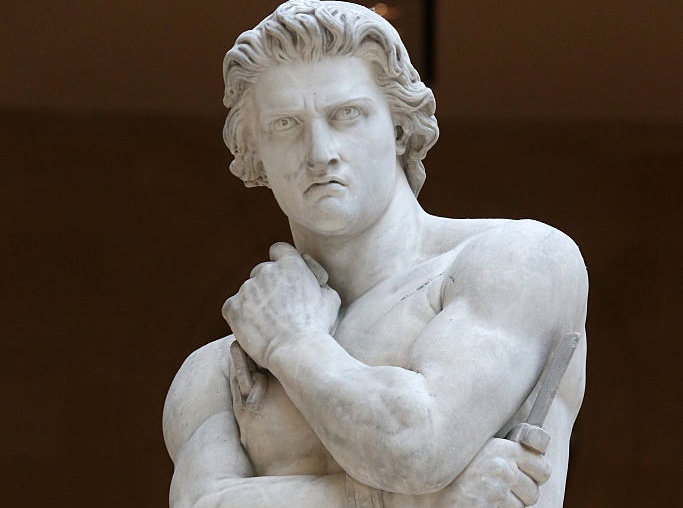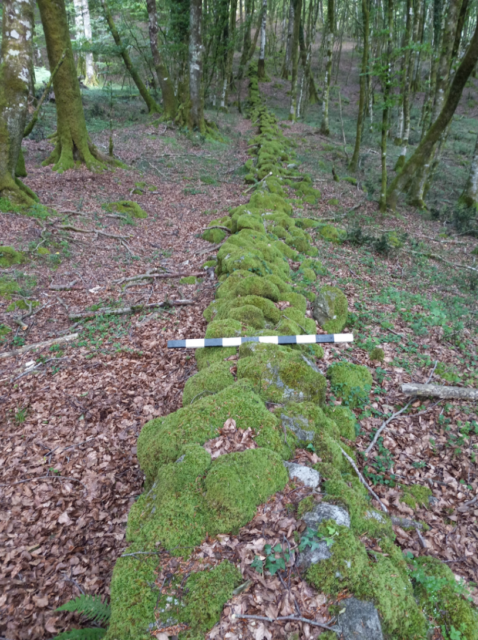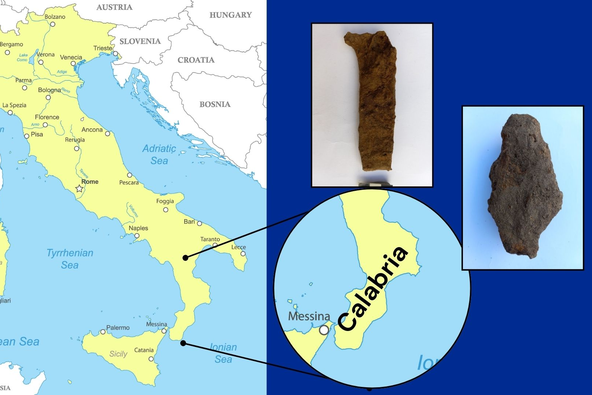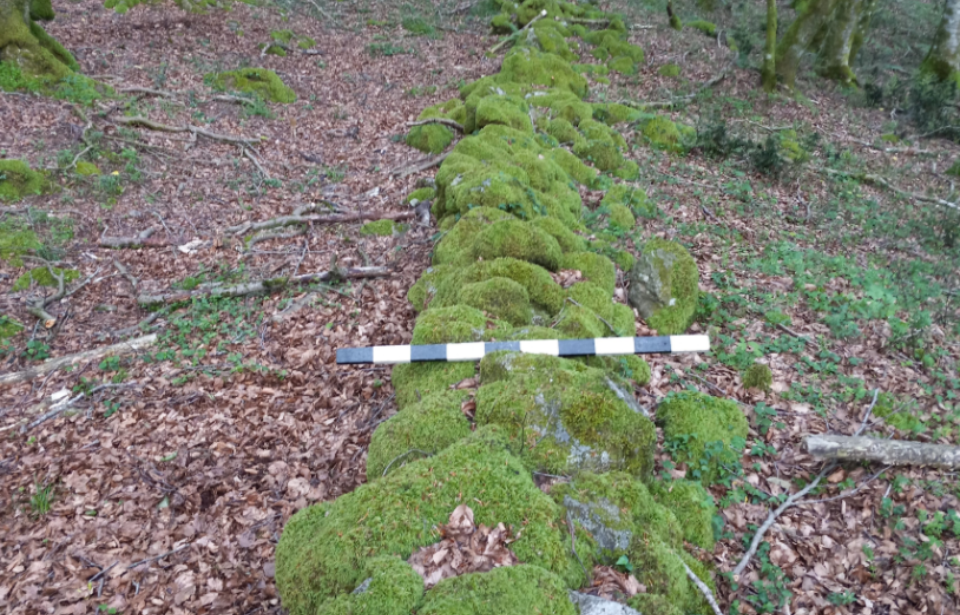A team of archaeologists working in Italy have uncovered the site where famed gladiator Spartacus and his followers clashed with soldiers serving the Roman Republic. They’ve unearthed a stone wall that was built by Roman Gen. Marcus Licinius Crassus in 71 BC, to keep Spartacus and his gladiators contained.

Located in the Dossone della Melia forest, in southern Italy’s Calabria region, the stone wall spans approximately 1.7 miles. There is also evidence that a ditch once ran around it, to form what’s known as a fossa and agger defensive system. Translating to “ditch and mound,” it was used by Julius Caesar during the Siege of Avericum in 52 BC.
The team, led by Dr. Paolo Visona from the University of Kentucky, were alerted to the wall’s existence by locals, who’d long been aware of it, but were unaware of its origins. They were able to identify the site and measure its width through the use of radar and other ground-scanning equipment, as well as soil analysis.

As government archaeologist Andrea Maria Gennaro told CNN, the wall, which is around 1.7 miles in length, “can be identified as the enclosure/fortification wall erected by [Roman general] Marcus Crassus in 71 BC to contain and trap Spartacus and his forces. After trying to go to Sicily, Spartacus was not able to move along the coastal roads because of the presence of Romans, so the only way to go [to] the peninsula and escape was crossing Aspromonte.”
She added in an email to Live Science, “The wall is a sort of barrier due to its topographic location and other factors, like the absence of gates. It divides the entire large flat area in two parts.”

Other evidence, such as damage to one section of the wall and the remains of various weapons, like javelin points, curved blades, a spearhead and sword handles, indicate that a fight between Spartacus, his men and the Roman Army took place along the site, likely when the former was trying to mount an escape.
More from us: Brendan Fraser to Portray Dwight D. Eisenhower in Upcoming Movie About D-Day Landings
Want War History Online‘s content sent directly to your inbox? Sign up for our newsletter here!
Spartacus, a Thracian gladiator, and about 70 other slaves staged an escape from the gladiatorial school in Cupua in 73 BC. He later went on to lead a revolt against the Roman Republic, known today as the Third Servile War. In 71 BC, he was killed while fighting Crassus’ forces.
